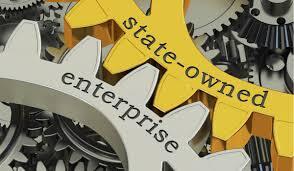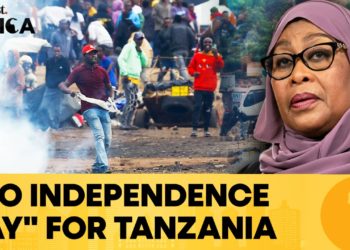Every year, billions of shillings lie idle in Kenya unclaimed pensions, forgotten bank accounts, unpaid dividends and underutilized land. These dormant assets, often overlooked, represent a vast reservoir of untapped economic potential in a country that continues to grapple with capital shortages.
According to the Unclaimed Financial Assets Authority (UFAA), more than KES 86.0 billion remains unclaimed. This includes money from dormant bank accounts, matured insurance policies, shares and pensions. While some of these funds are eventually reclaimed, the majority sits stagnant, slowly losing value to inflation. These are resources that could, if carefully activated, make a meaningful contribution to national development.
What if, rather than letting this wealth sit idle, a portion could be redirected temporarily and securely to low-risk government instruments or development funds? Properly structured, such mechanisms could inject much-needed liquidity into areas like public infrastructure, affordable housing or SME financing, all while safeguarding the rights of rightful claimants.
Beyond financial accounts, idle land remains another neglected opportunity. Across Kenya, especially in peri-urban and rural regions, thousands of acres sit unused often due to succession issues, lack of proper titling or family disputes. With clear legal frameworks, land banking strategies and incentives for leasing or joint ventures, this land could host agribusiness projects, logistics hubs or light industries, sparking localized growth and job creation.
To harness dormant assets effectively, digitization and transparency are crucial. Simplifying claim processes, creating public asset databases and running awareness campaigns can help reunite people with their assets while maintaining public trust in any temporary use programs.
Countries like the UK, Nigeria and Ghana are already implementing dormant asset schemes to fund social and economic development showing that Kenya is not alone in exploring this innovative financing tool.
Tapping into dormant assets isn’t about expropriating private wealth, it’s about re-engaging forgotten resources in ways that serve the broader economy. With the right safeguards and governance, these idle billions could become a silent engine for national prosperity turning what was once lost into a powerful tool for progress.
















